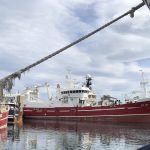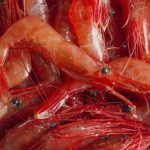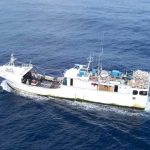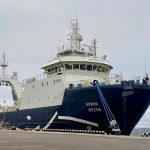In 1997 the results of over exploitation pushed the IUCN to enlisted all commercially utilised sturgeon species world-wide on Annex II of the CITES regulations have required internationally agreed quotas for trade in order to promote protection. The World Sturgeon Conservation Society (WSCS) told that the demand for caviar on export markets is estimated to be in the range of 500 to 3,000 tonnes annually. Due to its high price this product continues with further gradual increases.
After 1995 the feasibility of aquaculture production of sturgeon caviar become more attractive and possible and has gained increased shares on the world market. It is said that Russia, Iran, the European Union, China and USA are among the major producers and consumers, but also entities in other countries and outside of the natural range of sturgeons are increasingly contributing to the production.
According to the WSCS the present total output of about 80-100 t of caviar from aquaculture is now already exceeding the legal caviar yield from fisheries by four times (2006). The development of small experimental ventures mainly focused on the production of meat had further increases the exploitation of sturgeon. It is said that the future trends and the potential for large scale production of caviar will be discussed on the basis of various information sources.








